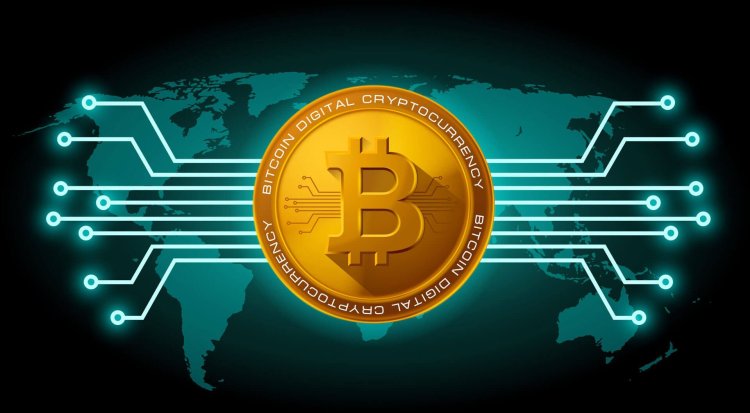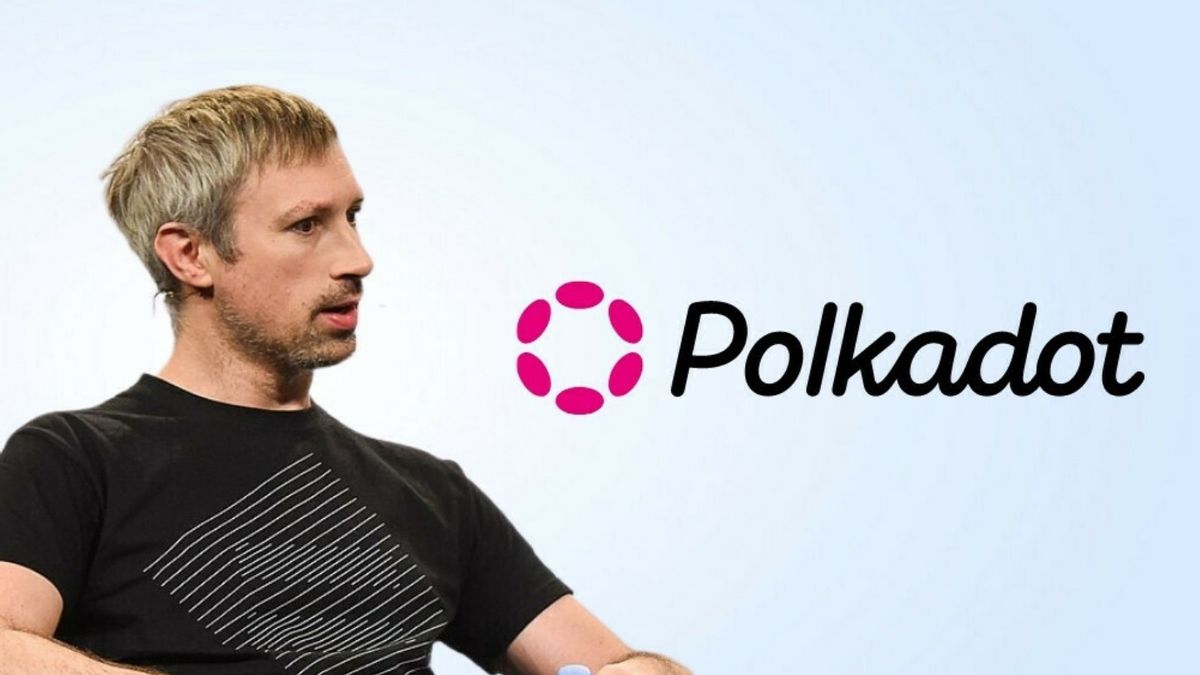Bitcoin Mining Challenges 5 Key Insights for the Week
Experience the future of [industry or category] with [Your Product/Service Name]. Join the growing community of satisfied users who have transformed their [related activity or experience] and discover how [Your Product/Service Name] can elevate your [specific aspect of life or work].

Bitcoin mining, the process of generating new bitcoins and validating transactions on the Bitcoin blockchain, is facing significant challenges. Miners utilize high-powered computers to solve intricate mathematical problems, earning a block reward of 6.25 bitcoins for their efforts. The mining difficulty is recalibrated every 2016 blocks (approximately every two weeks) to maintain a consistent block production rate of one block every 10 minutes.
Currently, Bitcoin mining is more challenging than ever, with mining difficulty hitting an all-time high. The escalating costs of mining equipment and electricity are further complicating profitability, forcing some miners to cease operations. Here are five essential points to understand about Bitcoin mining in 2024:
-
Record High Mining Difficulty
Mining difficulty, which determines how hard it is to mine a new block, has reached unprecedented levels. This increase means that miners require significantly more computational power to be successful. -
Rising Costs of Equipment and Electricity
The costs associated with mining equipment and electricity are on the rise. This trend is particularly burdensome for miners in regions with high energy costs, making it challenging to maintain profitability. -
Shutdowns of Mining Operations
The financial strain from increased costs is leading some miners, particularly smaller operations, to shut down. Reports indicate that miners in various countries, including China, are halting their activities, which negatively affects the Bitcoin network by reducing the overall hash rate. -
Upcoming Block Subsidy Halving
In May 2024, the Bitcoin block subsidy will halve from 6.25 BTC to 3.125 BTC. This reduction will further strain miners' profitability, as they will earn less Bitcoin for each block mined. -
Emerging Technologies for Efficiency
New technologies are being developed to enhance mining efficiency, including advanced ASIC miners and innovative mining software. While the impact of these technologies remains to be seen, they hold the potential to improve the sustainability and profitability of mining operations in the long run.
Additional Information
-
Mining Pools: Miners can join forces in mining pools to combine computational power, increasing their chances of mining a block. Rewards are distributed based on each miner's contribution when a pool successfully mines a block.
-
Future of Bitcoin Mining: The future landscape of Bitcoin mining is uncertain but may be influenced by trends such as institutional investment in mining infrastructure, advancements in mining technology, and potential regulatory measures by governments.
Getting Started with Bitcoin Mining
For those interested in entering the Bitcoin mining space, here are some steps to consider:
-
Purchase Mining Equipment: Choose the right mining hardware based on your budget and energy costs.
-
Join a Mining Pool: Collaborating with other miners can enhance your chances of earning rewards.
-
Set Up Mining Software: After acquiring equipment and joining a pool, install the necessary software to connect to the Bitcoin network and begin mining.
Tips for Successful Bitcoin Mining
-
Conduct Thorough Research: Investigate the best mining equipment and pools to ensure you make informed investments.
-
Monitor Profitability: Utilize tools to track your mining profitability and adjust your strategy accordingly.
-
Prepare for Market Volatility: Understand that Bitcoin's price fluctuations can significantly impact your mining profitability; invest wisely.
Bitcoin mining is a complex and competitive field, but it plays a crucial role in the Bitcoin ecosystem. With careful planning and awareness of the challenges, miners can navigate this evolving landscape successfully.
Frequently Asked Questions (FAQ)
1. What is [Your Product/Service Name]?
[Your Product/Service Name] is a [brief description of the product/service], designed to help users [specific benefits or solutions it provides].
2. Who is [Your Product/Service Name] intended for?
[Your Product/Service Name] is ideal for [target audience], including [examples of users, e.g., busy professionals, gamers, students], who are looking for [specific benefits or solutions].
3. What are the key features of [Your Product/Service Name]?
Some of the standout features of [Your Product/Service Name] include:
- [Feature 1: brief description]
- [Feature 2: brief description]
- [Feature 3: brief description]
4. How does [Your Product/Service Name] improve efficiency?
By [explain how the product/service improves efficiency], users can [specific outcomes, e.g., save time, reduce costs, enhance performance].
5. Is there a trial or demo available?
Yes! We offer [details about any trial or demo options], allowing you to experience [Your Product/Service Name] before making a commitment.
6. How can I get support if I have questions or issues?
Our customer support team is here to help! You can reach us via [contact method, e.g., email, phone, live chat], and we will assist you with any questions or concerns.
7. What are the payment options for [Your Product/Service Name]?
We accept various payment methods, including [list payment options, e.g., credit cards, PayPal, etc.], to make your purchasing experience convenient.
8. How do I get started with [Your Product/Service Name]?
Getting started is easy! Simply [provide steps, e.g., visit our website, sign up, download the app], and you’ll be on your way to [specific outcome].
What's Your Reaction?
















